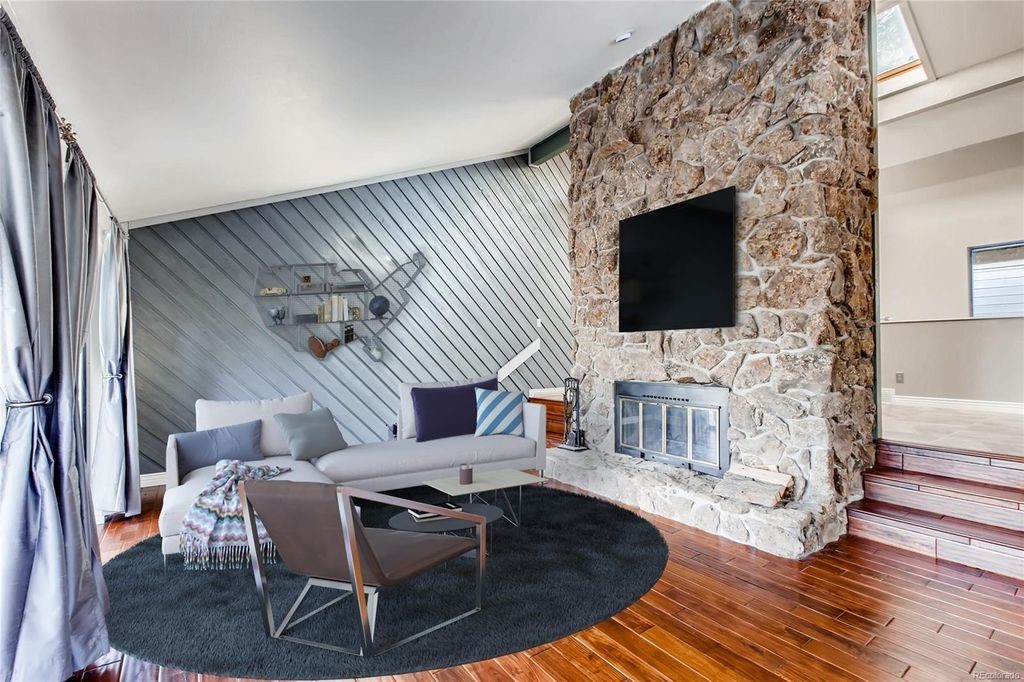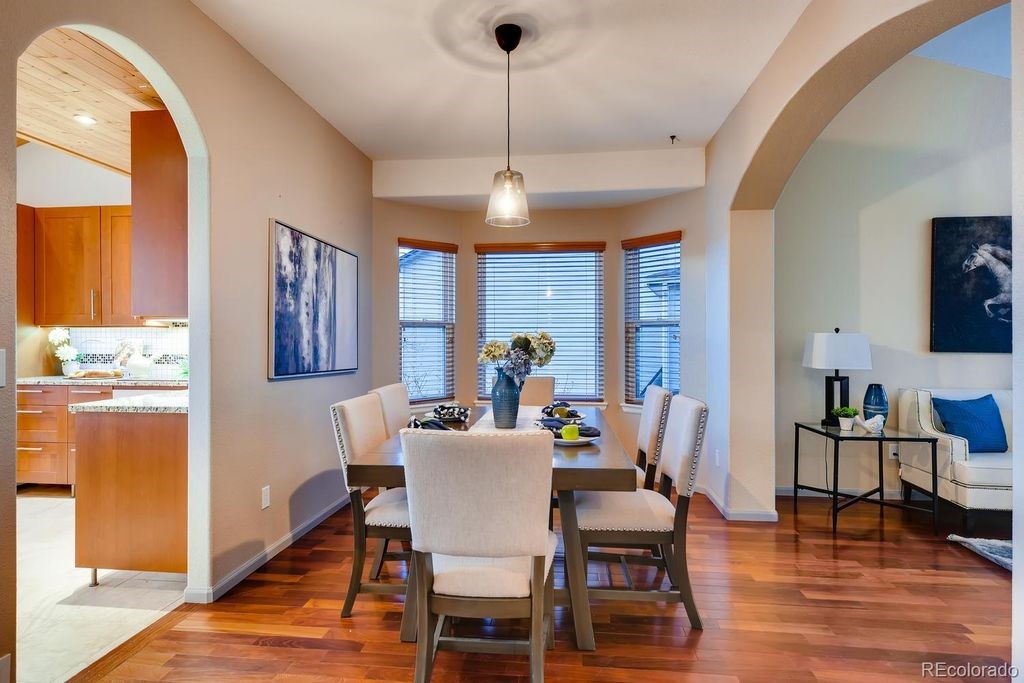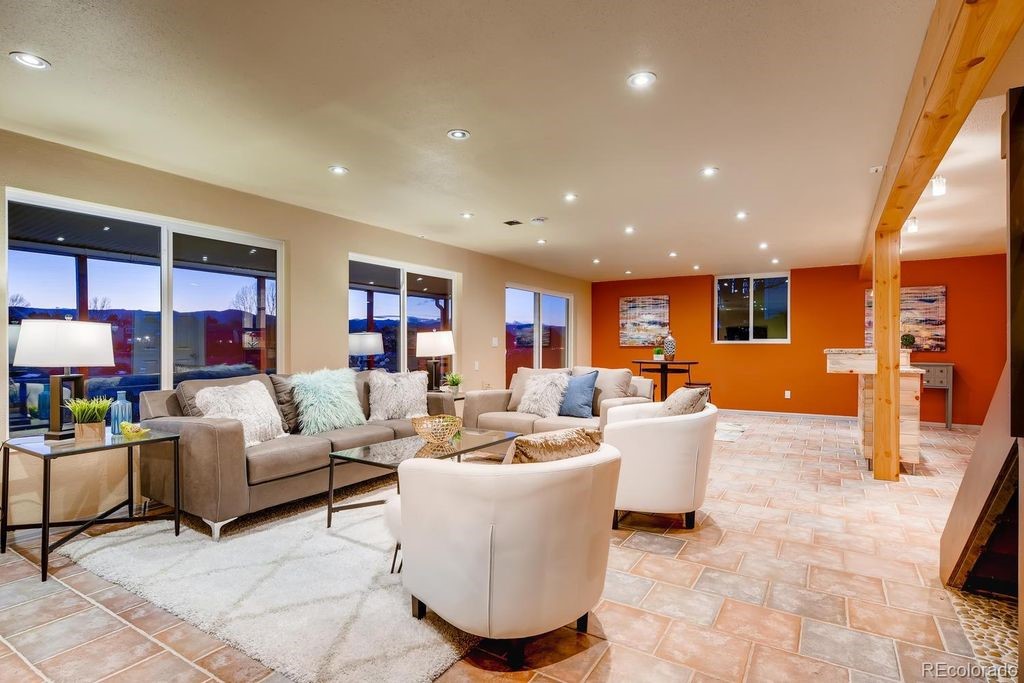
by Jennie Norris, IAHSP Chairwoman, Owner of Sensational Home Staging – We Stage Colorado
Virtual Reality can be traced back to 1935 as a science fiction and movie tool that was not used in the real estate industry to any major effect until about 3 years ago when Matterport hit the scene. The idea of being able to tour a house “virtually” was appealing for buyers who wanted to be able to experience a house before seeing in person. Was virtual reality for real estate really meant to eliminate the need to see a property in person? Is that where we want the industry to head? Eliminate all personal experience and use robots and machines to sell and buy properties?
That would be a huge mistake.
Technology is great to make our lives easier to manage and but has also made our lives more complicated and demanding. The reality is we do live in a tech world however real estate needs to be REAL. Not fake. Not virtual. Some may disagree, however for most people, owning a property represents the largest asset they will own in their lifetime. To leave this decision up to virtual reality is a big mistake. A 3-D tour helps a buyer visualize a layout and features but statistically a very small number of properties are sold without a personal visit.


The use of virtual technology has spilled over into Home Staging and the results are not good. Virtual staging is a cheap alternative to real, professional Staging, and it actually backfires on agents and sellers who are focused only on price. Sure, the photos may look halfway decent with a virtual photo shop addition of furniture and décor. That would be great
if home staging was only about a photograph. But it is not.
Home Staging is about the ENTIRE experience for a buyer.
From the time they preview a house online to the moment they step in the front door the Staging is pulling them in emotionally. The aesthetics with color, placement, and style of furniture and décor used are all strategically utilized to attract the target buyer and maximize the sales price for the owner.


When a buyer sees a property online they expect to see the same look when they walk in the house in person. When they walk into an empty house, they feel duped by the virtual rendering online they are greatly disappointment. The buyer is going to translate that disappointment into criticism of the property. It is natural for anyone seeing a property
to start looking around and their eyes will notice flaws when there is nothing else to draw their attention. What is shown online should be the SAME as when a buyer walks in the door. It is all about expectations. NAR® has gone so far as to share virtual staging borders on deceptive marketing and has issued cautions to agents not to alter the interior of a property with virtual photo shop as it poses a risk to the seller and the listing agent for false advertising.
A listing agent or seller who believes a buyer can translate what they see in a photo into an actual real-life experience inside the house is mistaken. Statistically, less than 10% of the population is visual and a buyer is not able to picture how their furniture will fit, let alone get excited about a house that is empty and echoes with sadness.


At its core, virtual staging is a deceptive marketing tool that cheapens the entire selling and buying process. Ask any experienced, professional stager, and he or she will tell you they have staged many properties that were virtually staged, did not sell, sat on the market, and then were professionally staged, and went under contract in a short time. Jennie Norris – IAHSP Chairwoman


This COSTS the seller far more than if they had professionally staged their property from the start because in the time they sat waiting for a buyer, they have had to continue paying the carrying costs of that property and possibly experienced a price reduction. A price reduction will be 5-20x the investment in real staging.
Furthermore, according to NAR®, REALTOR®s have a fiduciary responsibility to get the MOST in the sale of the house. Are those just words on paper or is this something they are actually held to as a standard?
Agents in stronger markets will share, “I have not had to stage my listings.” The fact is they DID have to stage every listing – they just didn’t because they were probably in a market where things were selling quickly. When a seller can net thousands more in the sale, and they are not being told how to accomplish that with home staging and are even being dissuaded from staging by their agent who just wants to get a house on the market as soon as possible, it is not serving the seller. Staging is not a secret. REALTOR®s know about it and need to educate their sellers about why it is important. If the seller then decides not to stage, the agent is protected because they did advise them about the service.


A final point is agents who include staging as a key part of their listing and marketing strategy to sell a house earn more than those who do not. When a property sells for more, the agent makes more commission, and statistically houses that are Staged sell on average for 1-17% more than the un-staged competition. This adds up to thousands more an agent will earn over the course of a year with added income as well as spending less marketing dollars on a property.
When REALTOR®s are fighting for their own viability in an industry that is trying to push towards I-Buying and I-Selling, backed by big money conglomerates who don’t care if they are harming the real estate industry, making sure a full-service REALTOR® is using every tool available to net the most for their sellers would be a no-brainer. Agents can’t have it both ways. They want to get rid of the trend towards eliminating the in person buying and selling experience, but then use virtual staging. Sellers can’t have it both ways either where their properties are not professionally staged, yet they expect to sell at the best price. Support and use REAL Reality. Real in person service. Not robots. Real Staging. Not photoshop.
Then the REALITY will be a successful sales experience that benefits everyone involved and supports the real estate industry being a reality-based service.
